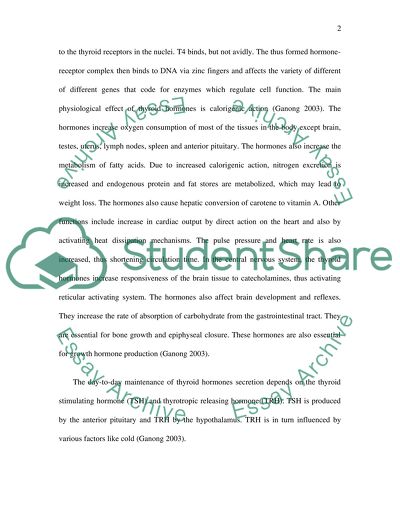Cite this document
(“Regulation of Physiological Process by Thyroid Hormones Essay”, n.d.)
Regulation of Physiological Process by Thyroid Hormones Essay. Retrieved from https://studentshare.org/medical-science/1543912-using-two-examples-explain-how-hormones-reulate-physiological-processes-what-do-you-understand-by-the-term-fluid-electrolyte-balance
Regulation of Physiological Process by Thyroid Hormones Essay. Retrieved from https://studentshare.org/medical-science/1543912-using-two-examples-explain-how-hormones-reulate-physiological-processes-what-do-you-understand-by-the-term-fluid-electrolyte-balance
(Regulation of Physiological Process by Thyroid Hormones Essay)
Regulation of Physiological Process by Thyroid Hormones Essay. https://studentshare.org/medical-science/1543912-using-two-examples-explain-how-hormones-reulate-physiological-processes-what-do-you-understand-by-the-term-fluid-electrolyte-balance.
Regulation of Physiological Process by Thyroid Hormones Essay. https://studentshare.org/medical-science/1543912-using-two-examples-explain-how-hormones-reulate-physiological-processes-what-do-you-understand-by-the-term-fluid-electrolyte-balance.
“Regulation of Physiological Process by Thyroid Hormones Essay”, n.d. https://studentshare.org/medical-science/1543912-using-two-examples-explain-how-hormones-reulate-physiological-processes-what-do-you-understand-by-the-term-fluid-electrolyte-balance.


